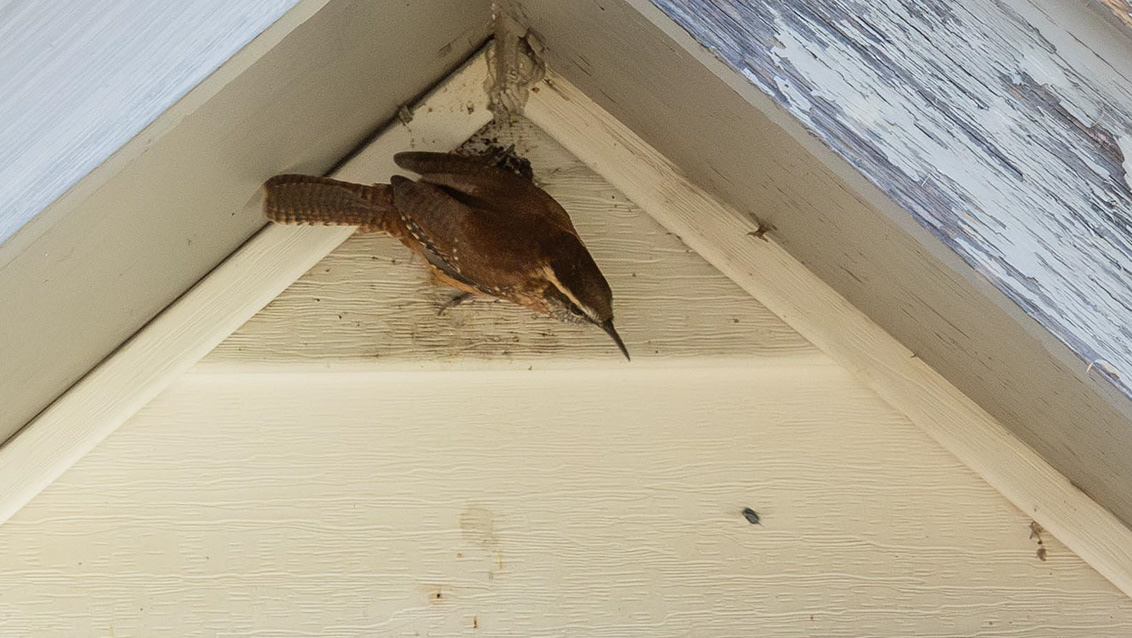
Carolina Wren
Carolina Wren. One of my favorite birds. They are aways hanging around the house and so curious, going into every nook and cranny looking for insects. This one was a typical, heard before seeing, making a whir-whirring noise in the distance and working closer until it came into view. In the short time he was visible, I saw him pickup one fly and catch another one out of the air.
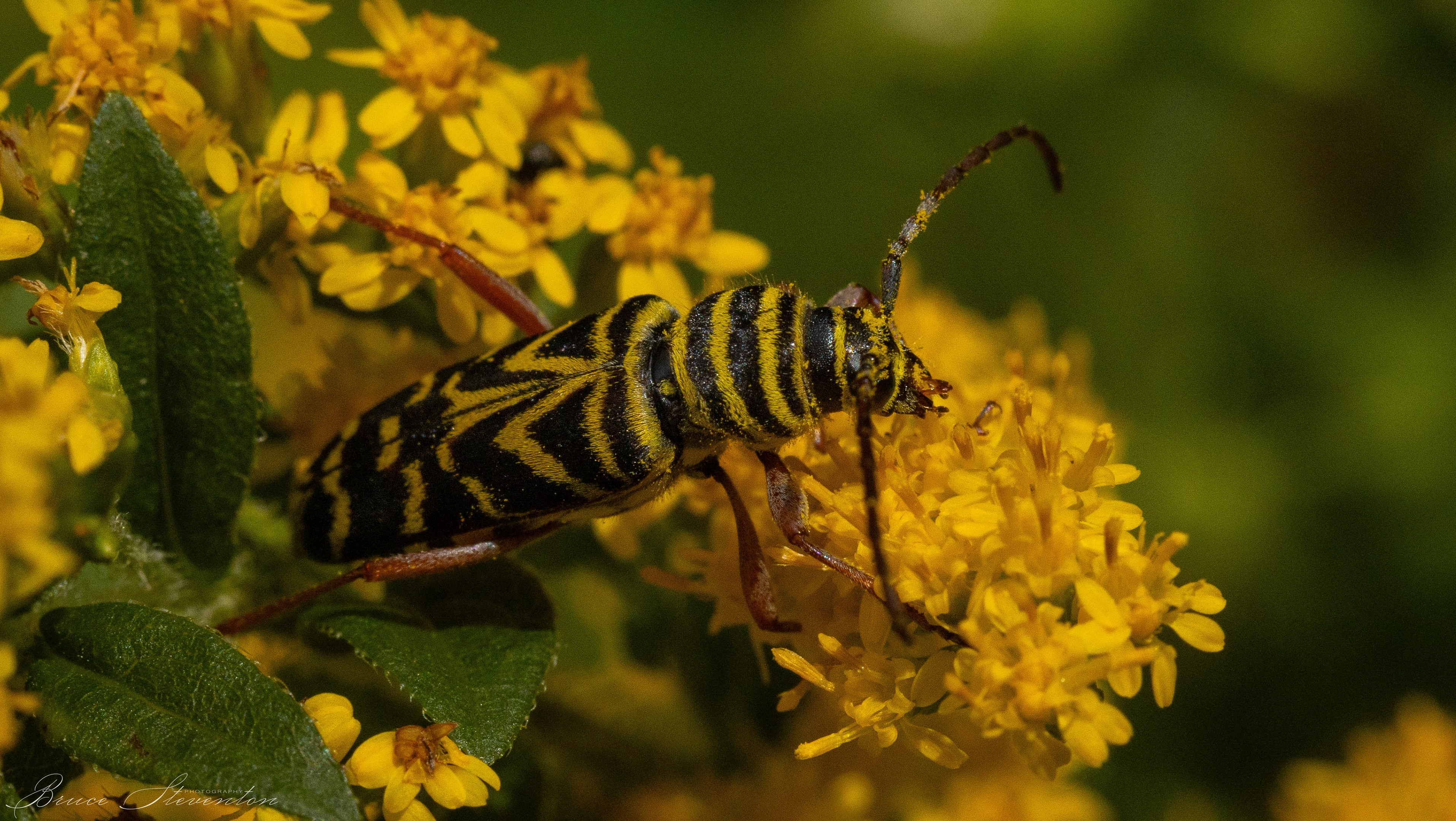
Insects in the Fall
Close ups of some insects out during the nice weather a couple days ago. Fall is the last chance for these insects to gather food before it all disappears for the winter. Each day of autumn the selection of flowers gets less and less and drives more competition for the last nectar sources available.

Hummingbirds August 2024
Photos taken in Granville, VT. I found a large patch of Jewel Weed along a dirt road in the National Forest Area. All the immature birds there seemed to be out and chasing each other around until tired and then feeding on the Jewel Weed to get their energy back. Then right back to chasing again.. Seemed to be around 6-8 birds total partaking in the aerial battles. The one adult male I saw didn't seem to be playful, he was feeding a little, but I didn't see him participate in the flight games. This is only species of hummingbird that is common in Vermont. The Ruby-throated Hummingbird.
Very entertaining! I spent a few hours there watching and photographing them.
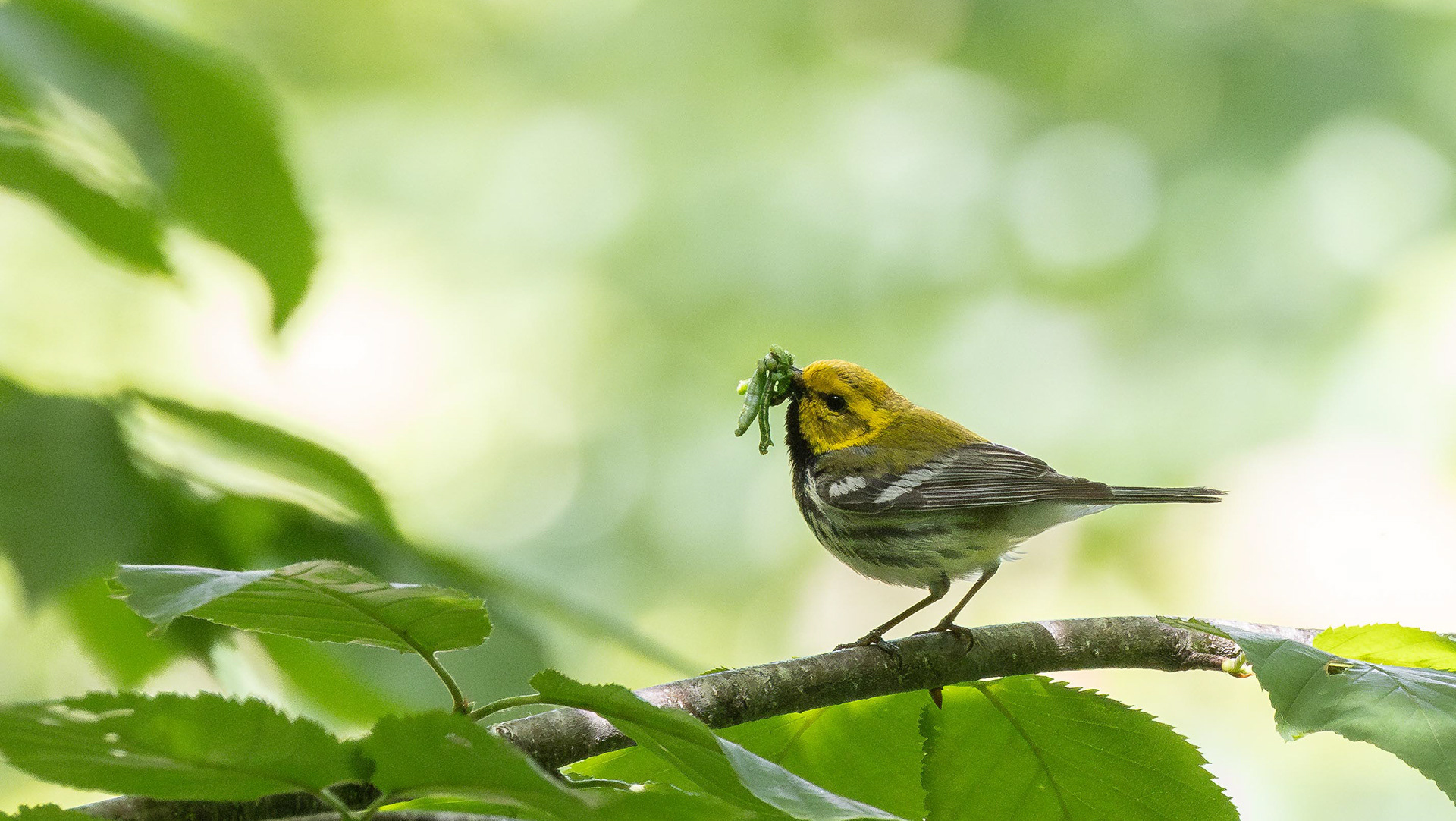
Black-throated Green Warbler
I ran into a small flock of Black-throated Green Warblers this week.
They were in the National Forest in Rochester, feeding on some green caterpillars on young yellow birch trees. I managed to get on a side hill and was able to photograph them pretty close to eye level. I think the trees enjoyed have these visitors remove so many parasites.
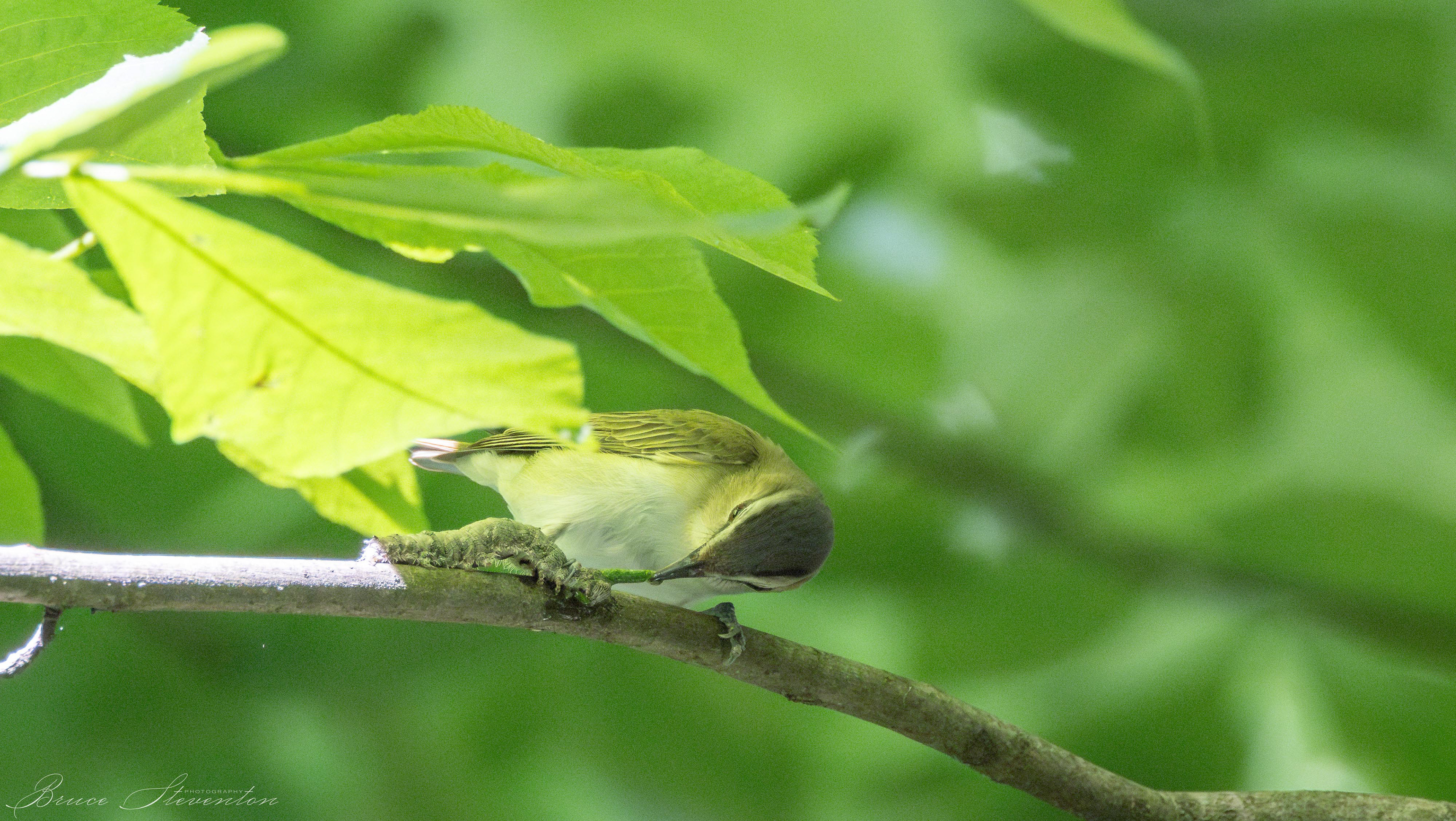
Vireo field dressing a caterpillar
This Red-eyed Vireo found a huge caterpillar. It decided to field dress it on the spot before bringing it back to the nest. Photos taken on a trail near Charles D Owen Park in Asheville, NC.
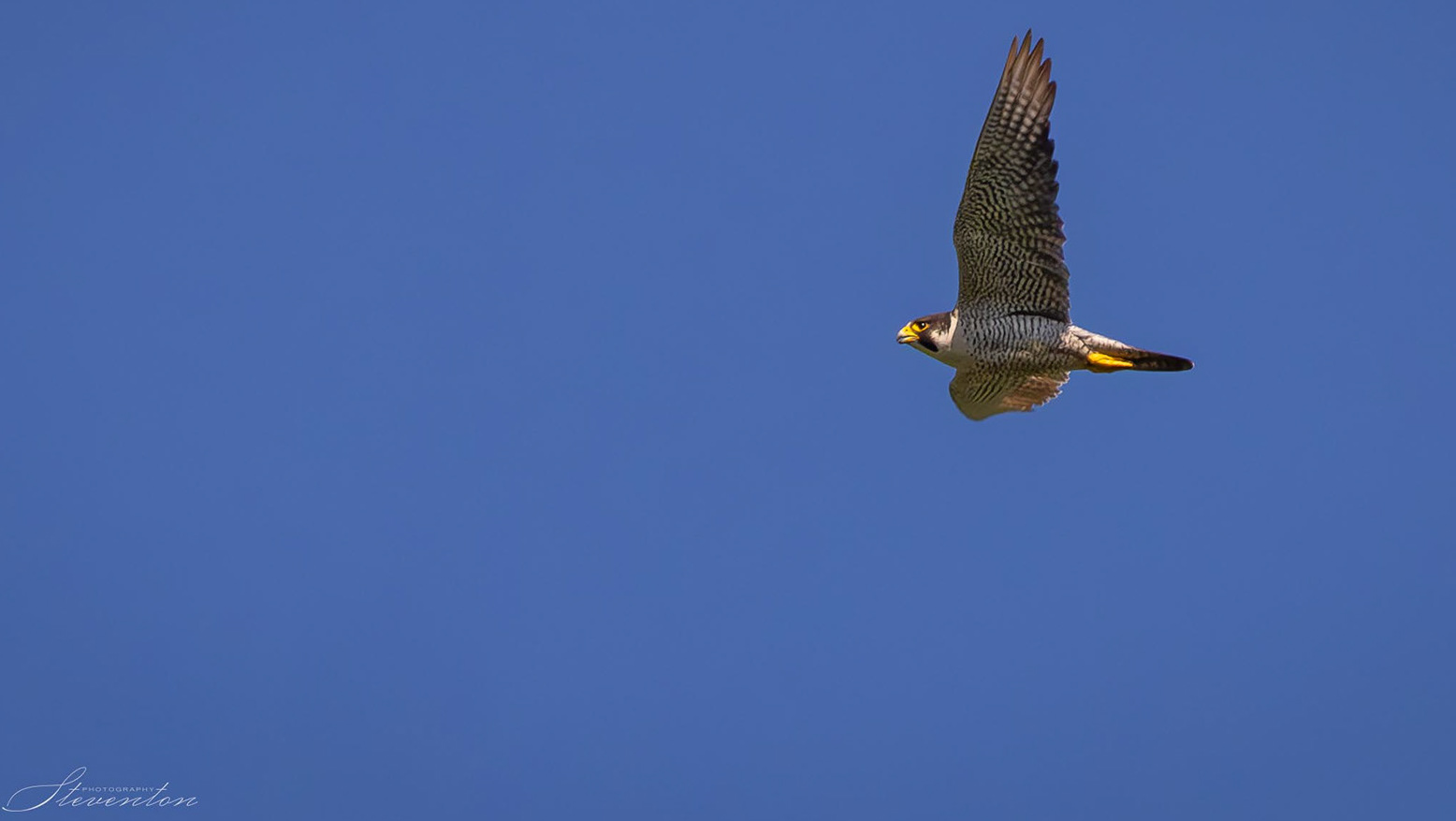
Vermont Falcons
A sample of some of the falcons that can be seen in Vermont. Listed small to large; Kestrel, Merlin, and Peregrine. All very fast flyers and can catch birds on the wing. They can also feed on small mammals caught unaware. The smaller falcons are good at hovering, similar to the osprey. All can dive at very high speeds to capture prey that is on the ground or perched. This action is called "stooping".
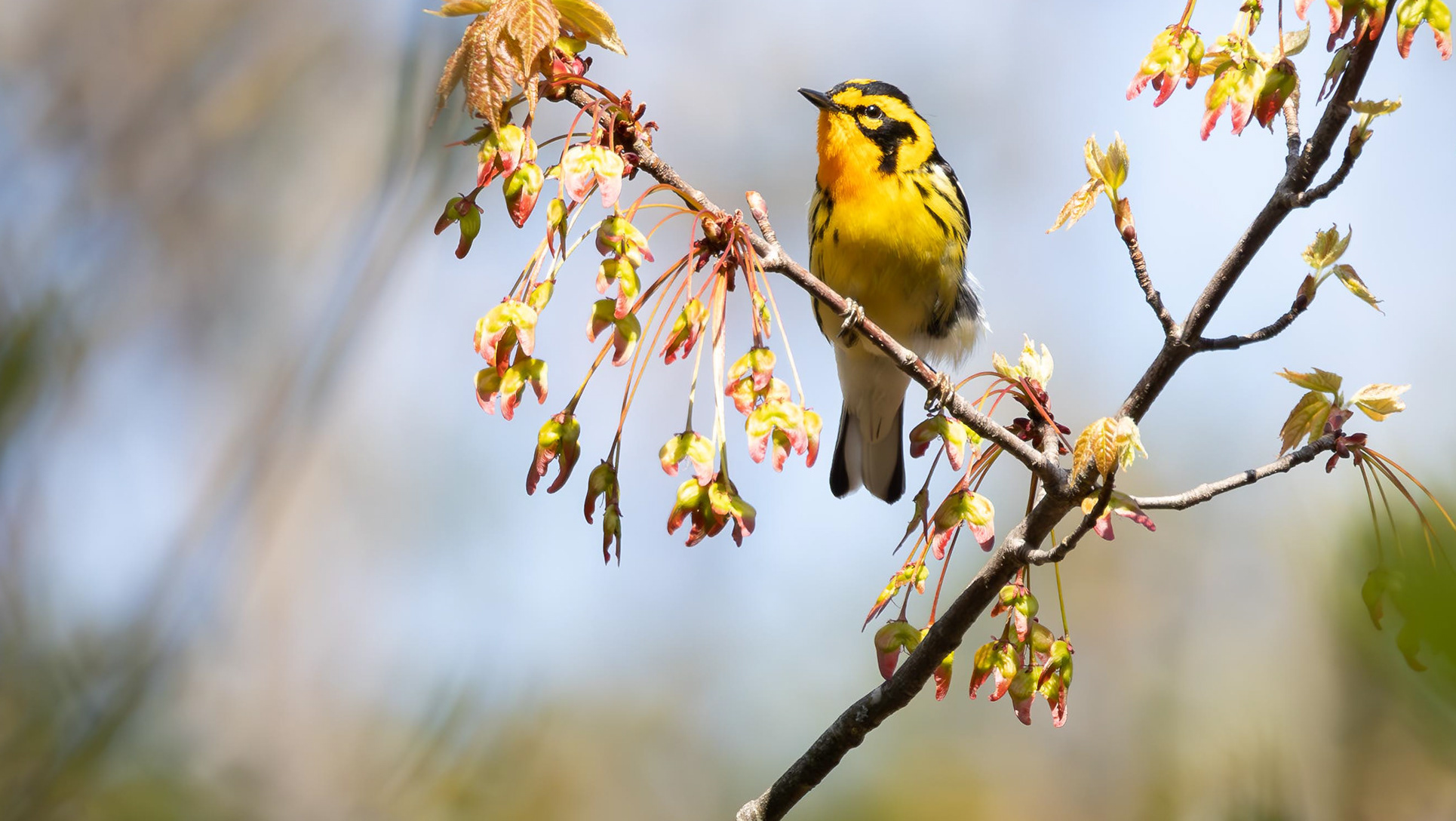
North Hollow Warblers
Some of the warblers seen in the North Hollow area of Rochester, VT. Photos taken in 2023. Warblers are small, shy birds that are constantly on the move. Most flit among the brush and tree branches looking for insects. They should get a lot of credit for a healthy forest, as they capture most of the caterpillars that could strip a forest of leaves.
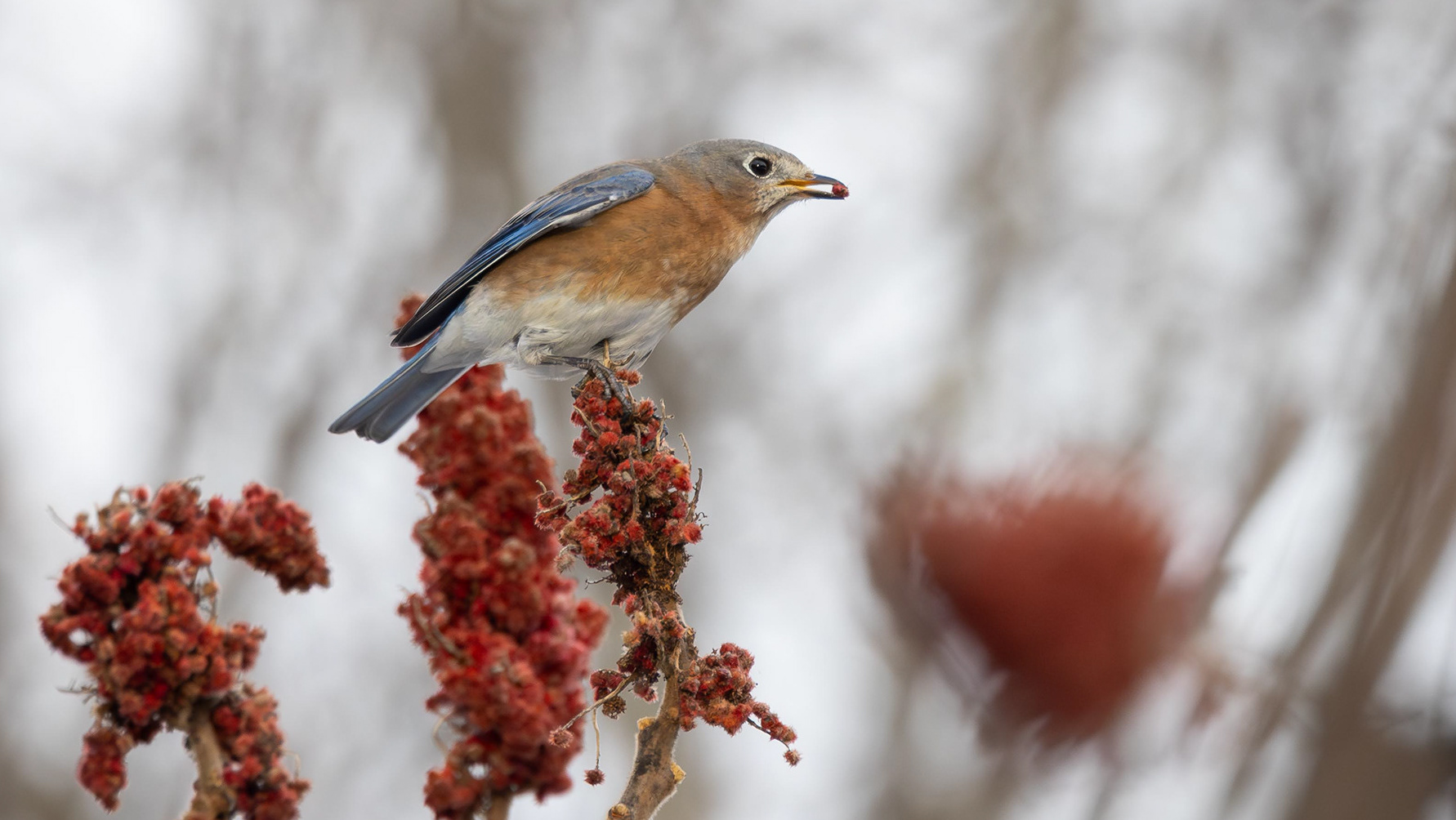
Bluebirds (& others) in February
Feb '24
Followed a report about bluebirds being seen and was able to locate some that were wintering nearby. These bluebirds were flying back and forth from a group of hardwood to sumac bushes nearby. Sometimes one would fly to the ground, like they would do in the summer when they are chasing insects. Near the location of the bluebirds a different pair of birds flew down onto the road. They turned out to be a pair of Crossbills, gathering grit. These birds, usually seen in larger flocks, sometimes come this far south in the deep winter. There cross shaped bills developed to efficiently extract seeds from conifer tree cones, their main food source.
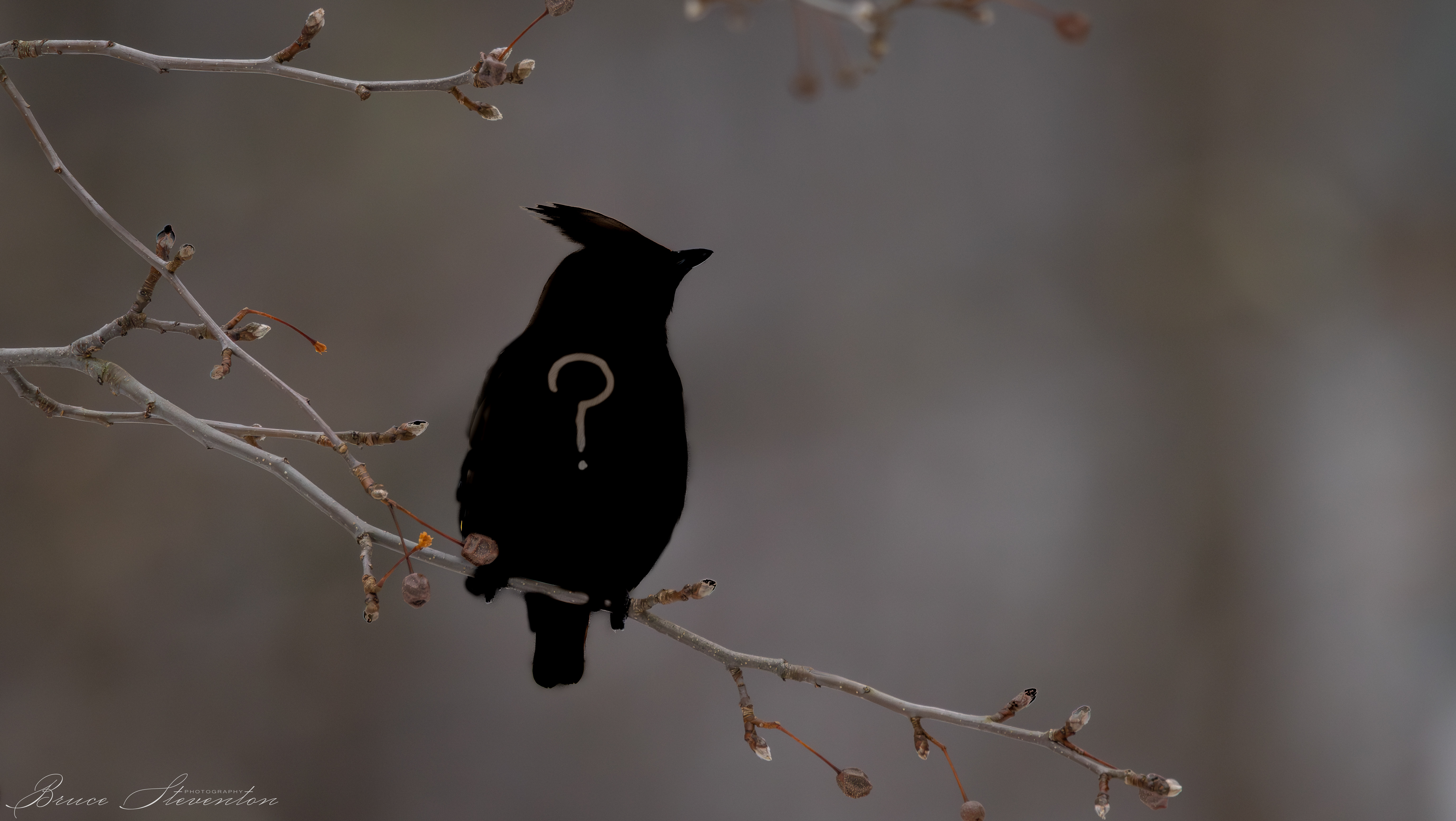
Surprise Visitor
A surprise visitor to our pear tree yesterday (2/13/2024).
It was a Bohemian Waxwing! So exciting to see this species for the first time. Very similar to a Cedar Waxwing but slightly larger, with a buff colored belly, brown under-tail coverts (under-rump) and colorful pattern on his primaries (wing feathers). He was alone and hung out for over an hour eating the small pear fruit that did not mature. Not sure what the alcohol content is of these shriveled fruit. Fortunately waxwings are used to this type of diet. A golden-crowned kinglet made a quick visit as well to see what the waxwing was doing.
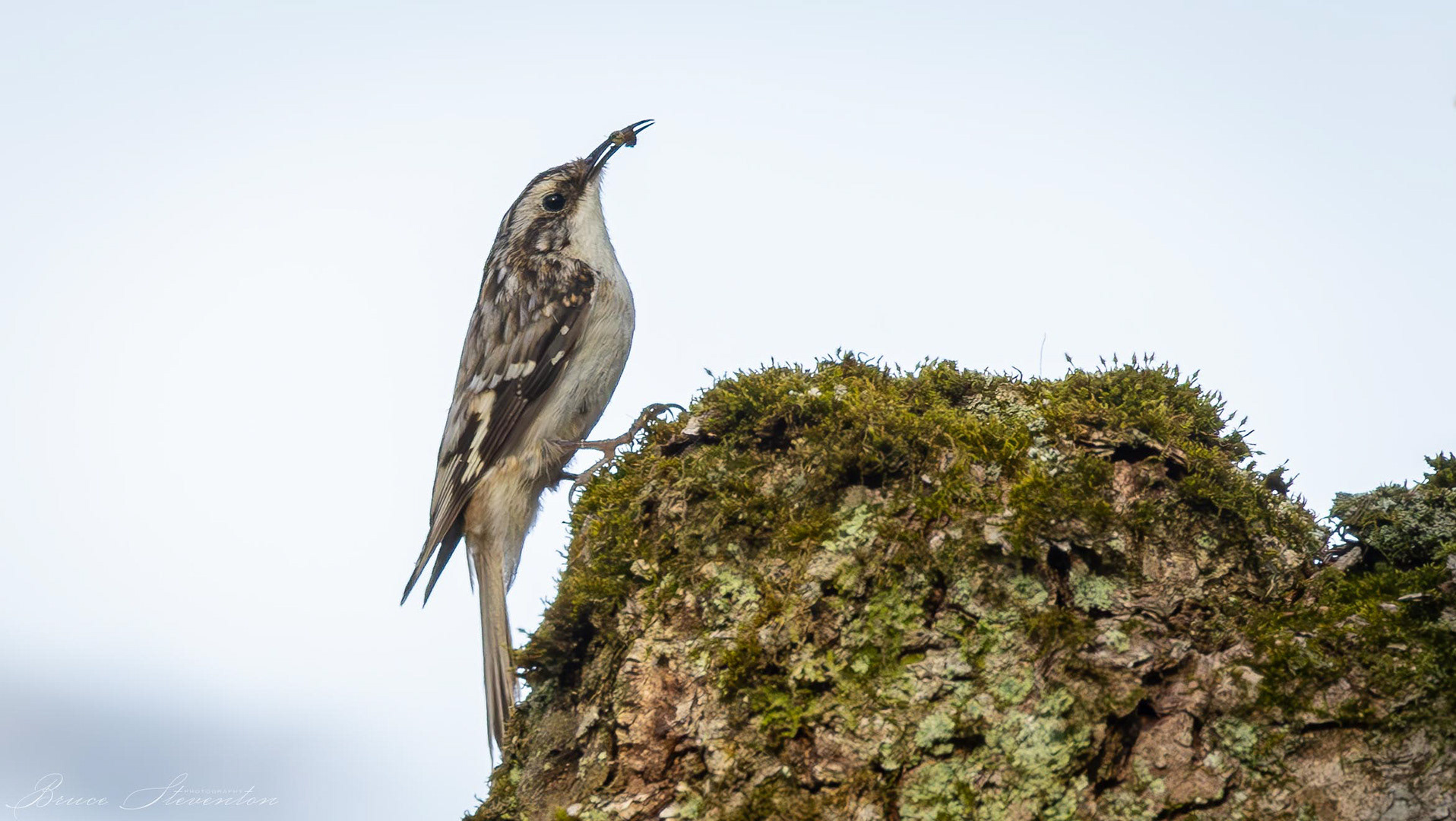
What is a Brown Creeper?
A year round resident of Vermont's forests.
Brown Creepers are a small and energetic birds that hunt along the trunks of trees for insects and their like. Unlike a nuthatch, which hunts moving down a tree, the brown creeper flies to near the base of each tree and hunts climbing up the tree. Each species hunting style gives them a unique viewing angle and therefore each can spot bugs hiding in different crevices. A handsome mottled brown back gives brown creepers great camouflage, especially when on a tree trunk and sitting still. Their curved bill has evolved to allow quick and easy extraction of insects from craggy bark. The brown creeper is the friend of the trees, doing their part to keep pest species under control.
